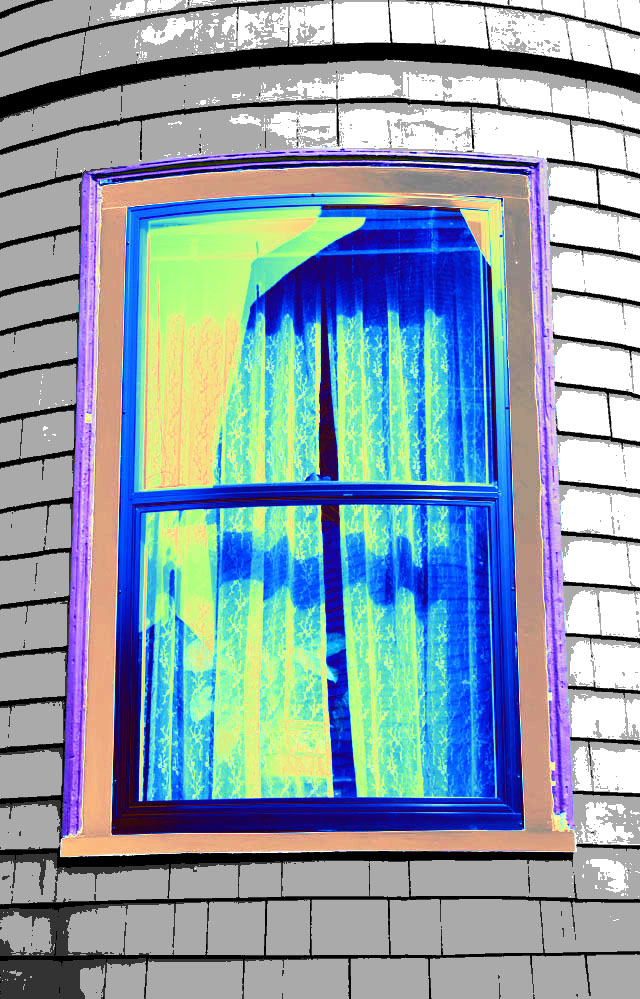See-through solar enhanced
 Japanese engineers have created highly transparent solar cells.
Japanese engineers have created highly transparent solar cells.
A research group at Tohoku university has fabricated a highly transparent solar cell with a 2D atomic sheet.
The near-invisible solar cells have achieved an average visible transparency of 79 per cent, meaning they can, in theory, be placed everywhere - building windows, the front panel of cars, and even human skin.
Scientists have long sought to develop transparent solar cells, but the suitable materials have not existed thus far.
To make the solar cell, the team controlled the contact barriers between indium tin oxide (ITO), one of the most widely used transparent conducting oxides, and a monolayer tungsten disulfide. They coated various thin metals onto the ITO and inserted a thin layer of Tungsten Oxide between the coated ITO and the tungsten disulfide.
“The way in which we formed the solar cell resulted in a power conversion efficiency over 1000 times that of a device using a normal ITO electrode,” says Dr Toshiaki Kato, associate professor at Tohoku University's Graduate School of Engineering.
More details are accessible here.







 Print
Print